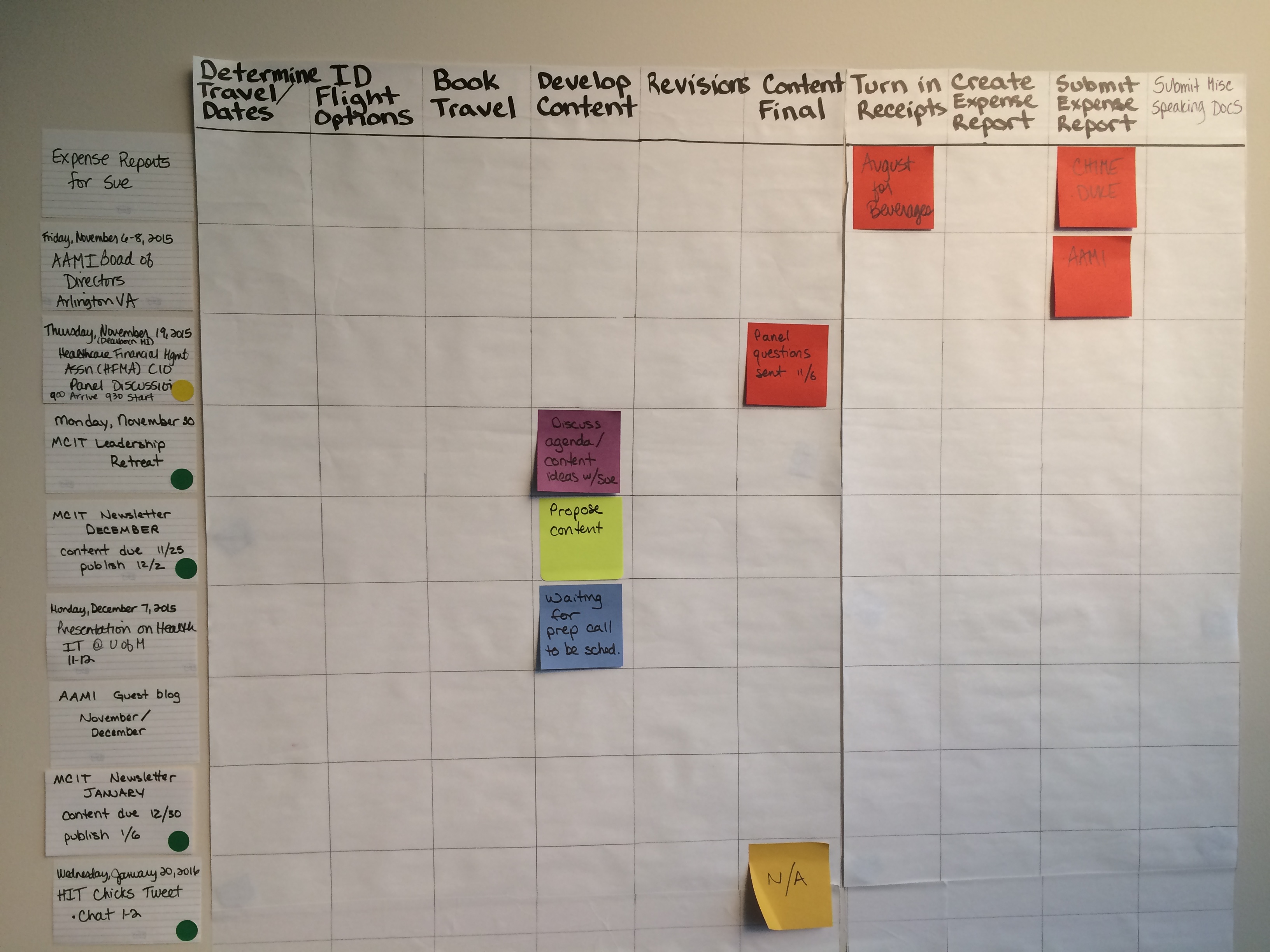As IT leaders, we get used to hearing complaints about IT: we are not being responsive enough; our systems are unstable; too many clicks in the applications; not knowing who to call. The list goes on and  on. There are times when you think you can’t possibly please everyone. It’s may be why so many people have sat across my desk and said they’d never want my job. But I have learned that proactive, honest communication with your users is critically important.
on. There are times when you think you can’t possibly please everyone. It’s may be why so many people have sat across my desk and said they’d never want my job. But I have learned that proactive, honest communication with your users is critically important.
One step is to survey your users about their issues and their satisfaction with your solutions and services. This can be an extensive survey about a particular system or of one group of users. Or it can be a simple, few question survey after calls to the service desk. Regardless of the type of survey, make sure to let your customers know you’ve heard them. Publish the results and action steps to address problems. No matter how negative some of the results may be, you have to be transparent. And re-survey at the right interval to check if you have moved the dial.
Another step is to make the IT leadership team very visible and accessible. Provide easy to find information on who is responsible for what and how to contact them. Get out to the right leadership meetings and forums to provide IT updates; solicit feedback and concerns. Show you care and are listening. Continue reading








 I am committed to developing the next generation of leaders. I also give generously to non-profits that I care about. This week, those two passions converged.
I am committed to developing the next generation of leaders. I also give generously to non-profits that I care about. This week, those two passions converged. The past month has been a particularly busy one for me. I have spoken locally a few times and gone out of town on business several times as well. I’ve been to the CHIME Fall Forum, made a
The past month has been a particularly busy one for me. I have spoken locally a few times and gone out of town on business several times as well. I’ve been to the CHIME Fall Forum, made a